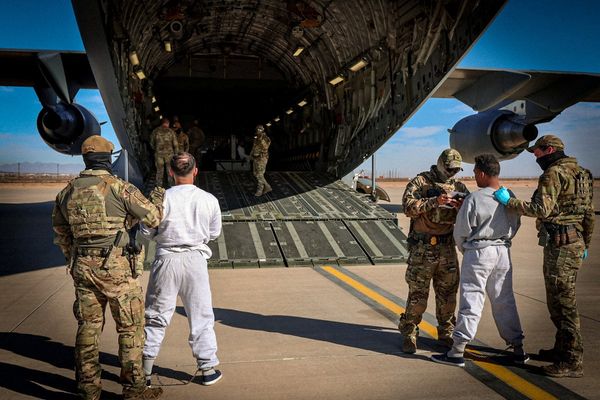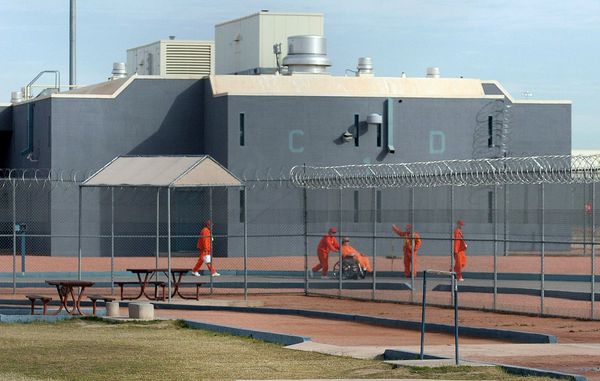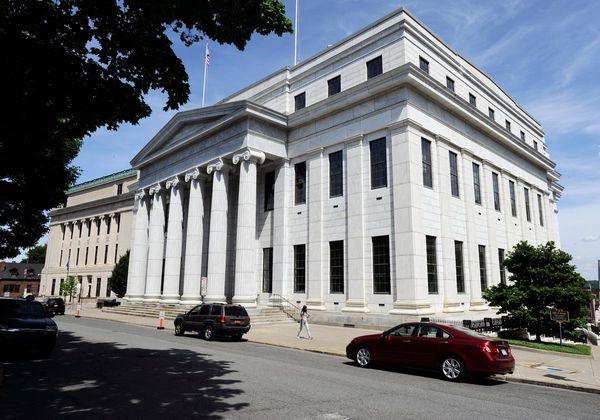As of 2017, more people have been forced by violence and conflict to flee their homes than live in the U.K. or France.
Why it matters: That's upwards of 60 million people — a global nation of refugees. If all of these asylum-seekers, internally displaced people and refugees were a country, they'd be the 21st most populous nation in the world, according to UNHCR estimates. More than half of refugees are under the age of 18.
The big picture: The crisis is the worst its been since World War II, and it's not getting better.
- This population will continue to grow as violent conflicts drag on and climate change wreaks havoc.
- Host countries and refugee camps will increasingly become permanent homes to tens of millions of refugees while many wealthy nations turn their backs.
The top 5 places:
- Syria: Where millions of people have been forced from their homes amidst internal conflict and terrorism by the Islamic State, or ISIS.
- Afghanistan: Ongoing violence has created one of the largest, longest-lasting refugee crises.
- South Sudan: Millions of South Sudanese have fled to Uganda and other surrounding nations as a civil war rages.
- Myanmar: The Rohingya minority has faced deadly, violent persecution and many have fled.
- Somalia: A combination of natural disasters and 25 years of conflict have produced hundreds of thousands of Somali refugees.
What's next: This crisis of displacement will have an impact on generations.
- Climate change is expected to create even more internally displaced people as natural disasters become more frequent and intense.
- An anti-immigrant strain of populism has made it more difficult for international organizations and humanitarian groups to resettle and care for refugees, particularly in Europe and the U.S.
- "That is the shift in the narrative," said Eskinder Negash, president and CEO of the U.S. Committee for Refugees and Immigrants and former director of HHS's Office of Refugee Resettlement under Obama, told Axios.
- Many who have been displaced internally will continue to suffer from poverty and persecution inflicted by governments, extremists or natural disasters.
- Many young refugees face a future of limited education and job opportunities, and some will grow up with mental trauma and little memory of their home countries.
Be smart: The word "refugee" is often used to describe many different types of displaced people, but it's important to understand the different terms and how they should be used.
- Refugees have fled and found protection outside of their home nation. A multilateral UN treaty known as the 1951 Refugee Convention has established refugee rights including work, access to the courts, primary education and documentation.
- Asylum-seekers have also fled to a new country, but their application for sanctuary there is still pending. They are not yet legally recognized as a refugee.
- Internally displaced people have been forced to leave their homes or areas of the country, but have not crossed international borders. They are vulnerable: They are subject to the laws of their national government, even if those laws are oppressive.
- Migrant is a general term that typically applies to anyone now residing in a nation that is not their own— regardless of legality, permanence or reason.
Original story: A widening world without a home (12/15/18)
What's next: on the refugee crisis







